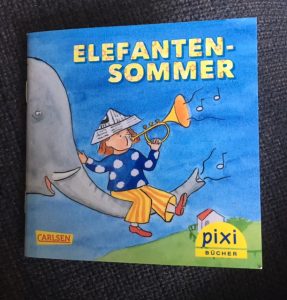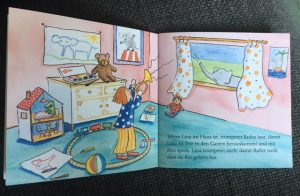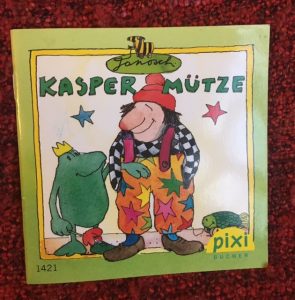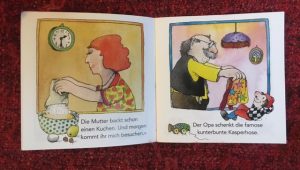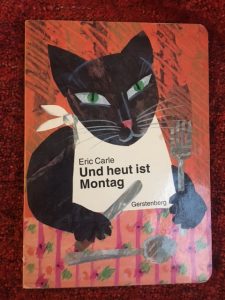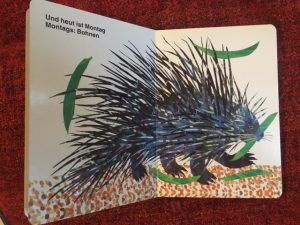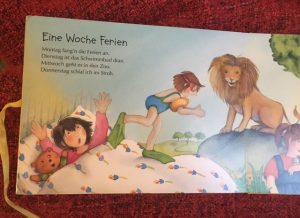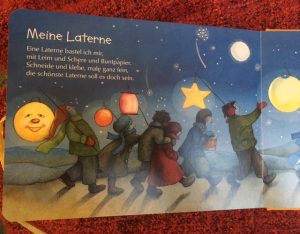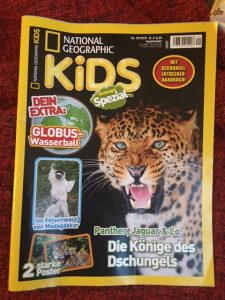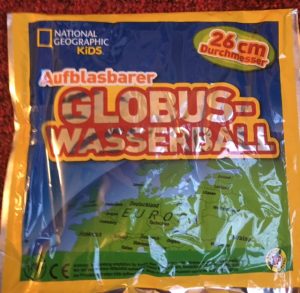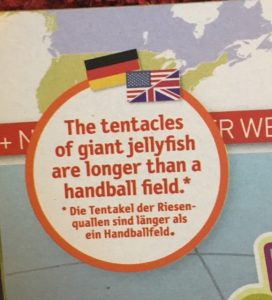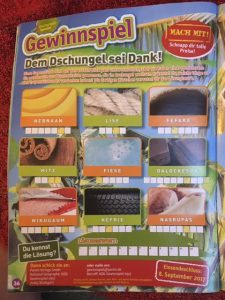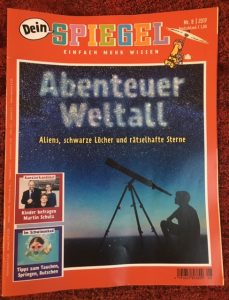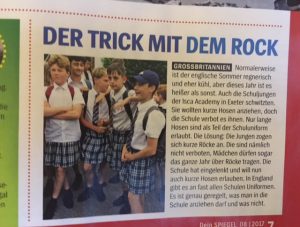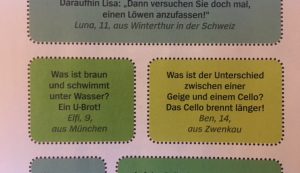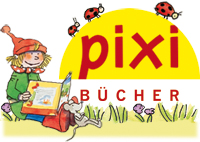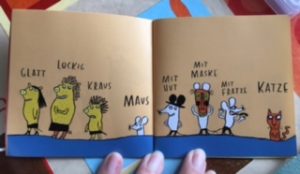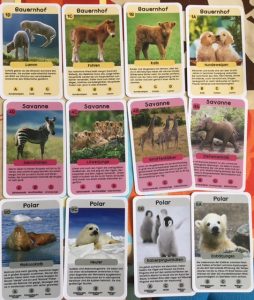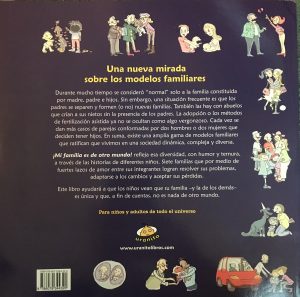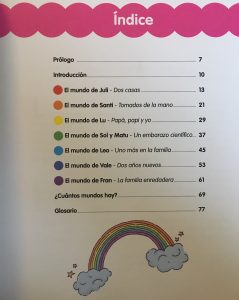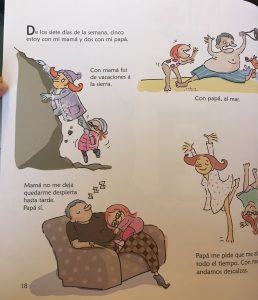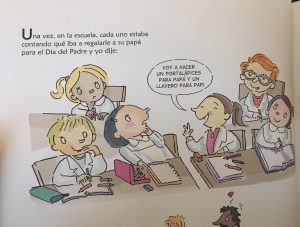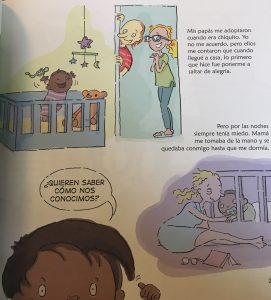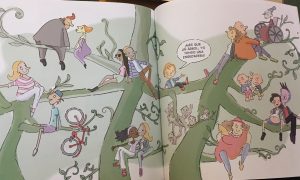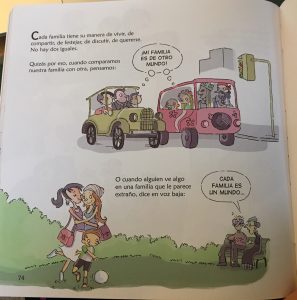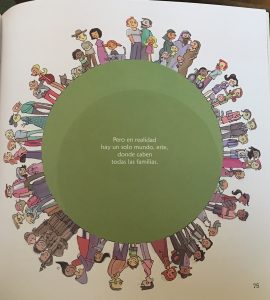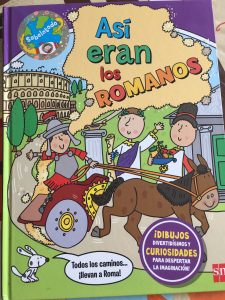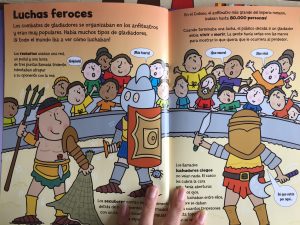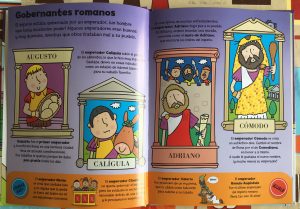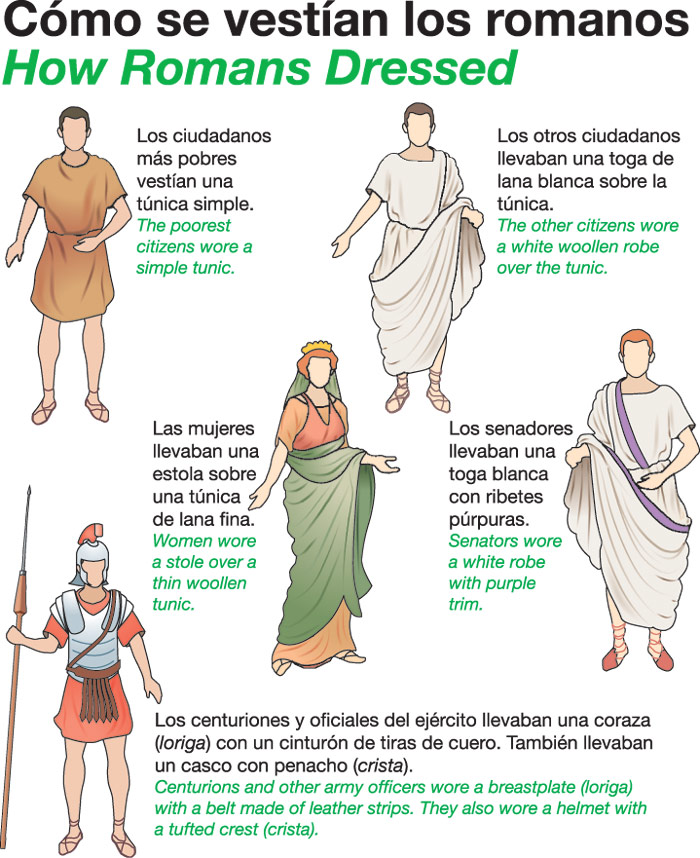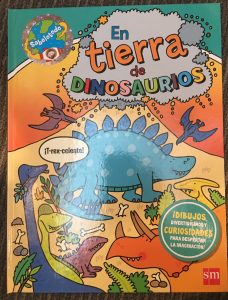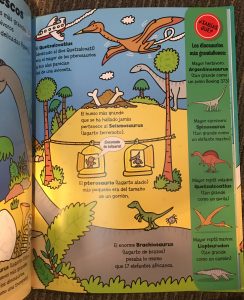Today is International Children’s Book Day and I’ve got a new book!
It’s called Presiona aquí and it’s by Hervé Tullet. It’s the Spanish version of Press here and I bought it to share with FKS and KS1, although I’m sure some of Y3 would also enjoy it!
The book starts with a single yellow dot and asks the reader to ‘presiona aquí y da vuelta a la página.’ Magically, another yellow ‘círculo’ appears on the next page, and there follow lots more pages with lots more instructions and lots more ‘círculos’ – grandes y pequeños; amarillos, azules y rojos. I like the simplicity of the illustrations as well as the text, and I think it would be a fun book to share on the carpet with children coming up to press buttons, or in small groups as a special treat. You can children enjoying it in the trailer for the English version below. In our Y2 Spanish scheme (based on Little Languages) they look at sequencing and this would be a great addition to the activities that include counting and sequencing buttons, shapes and any little things we can find (dinosaurs, cars, fruit…)
I mentioned that I thought Y3 would enjoy it, and with that in mind I’ve been thinking about what we could do as a follow up activity. When we were working on colours before Easter and talking about colour mixing I (perhaps rashly) said that we could do some painting in Spanish towards the end of the summer term when we’ll be looking at shape and colour once more. This would be a lovely way to introduce or revisit some shape and colour vocabulary, and I can see us creating our own versions of the book as a story board, perhaps diversifying into other shapes depending on what action the ‘reader’ does. Or perhaps we could use the same approach, an action leading to the appearance of a new item to create Miró-esque art? Still a developing thought…
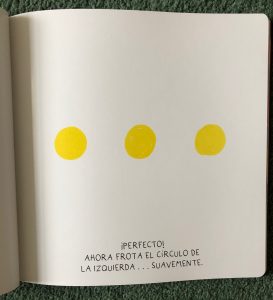 |
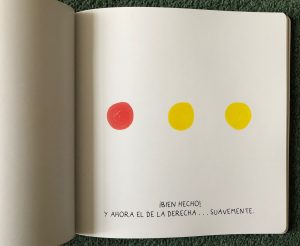 |
|---|
After I’d started writing this, I discovered that there are a couple of videos of the book too – see below – so it would be possible for class teachers who are non specialists to borrow my book and share it with their class. This video actually uses the book but lasts more than ten minutes and the presenter doesn’t just read the story but offers comments too. I wonder if Nursery and Reception would manage to sit still for that long, and worry that the ‘extras’ might put off the non-specialist teacher presenting as they don’t know what’s being said? The video below would be my choice as, although it doesn’t feature the book and the instructions are worded slightly differently, it is much simpler and lasts just over 5 minutes.
Hervé Tullet has lots of other lovely books too – I think I may need to get ¡Mézclalo bien! is this one is a hit…
ISBN 978-1-4521-1287-9
Link to buy ¡Presiona aquí¡ from Book Depository
More Hervé Tullet books in Spanish
There’s a very simple free worksheet on TES resources to accompany the story and here are some ideas of how to use the book including a fun activity called Fizzy colours.
EDIT – I’ve now found a Pinterest board of ideas here.
And I’ll definitely be trying this activity out in the summer – Press Here movement game
as well as making the chatterbox from this post.
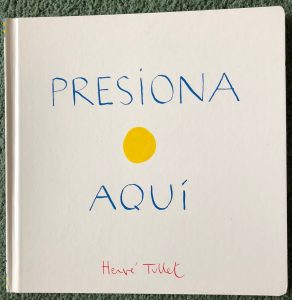
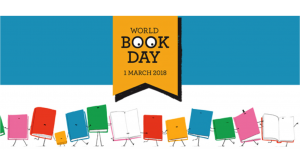
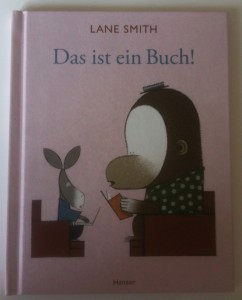
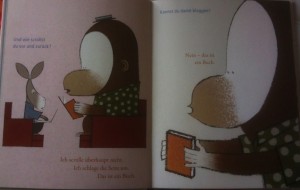
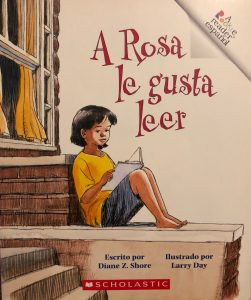 A Rosa le gusta leer.
A Rosa le gusta leer.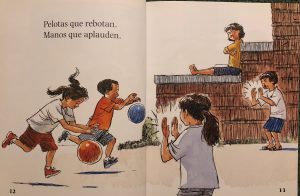
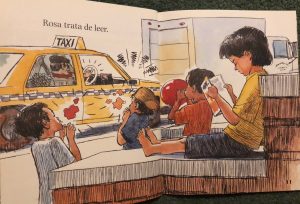
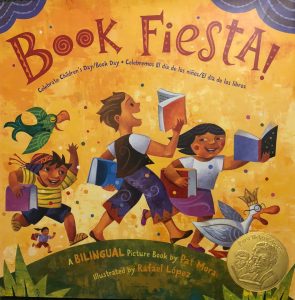 Book Fiesta
Book Fiesta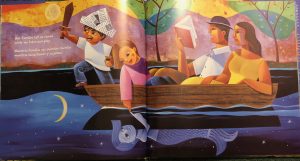
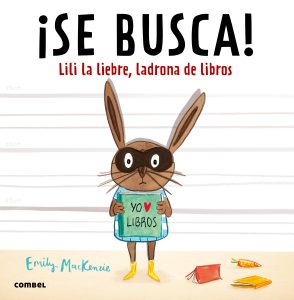
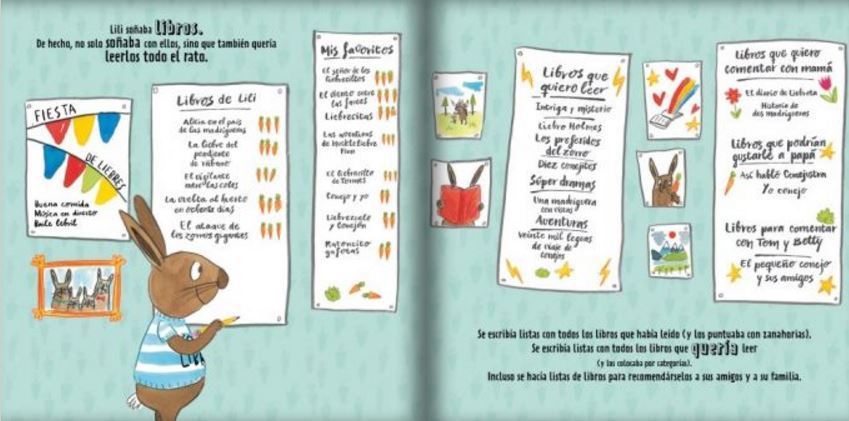
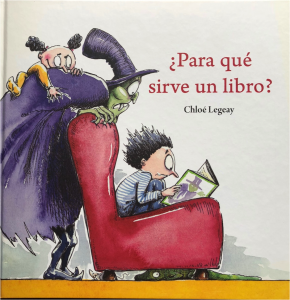
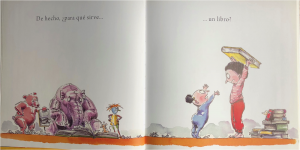
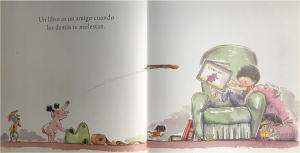
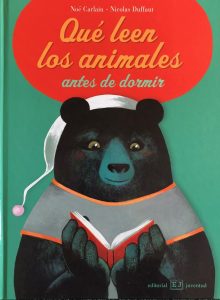
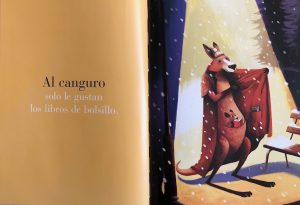
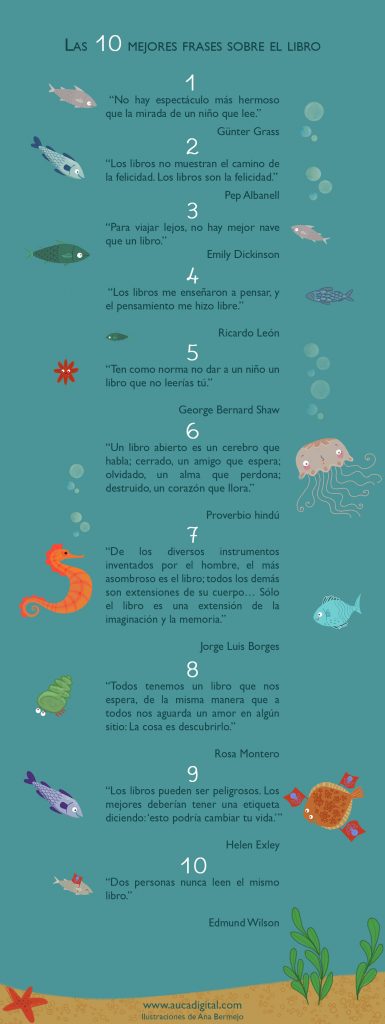
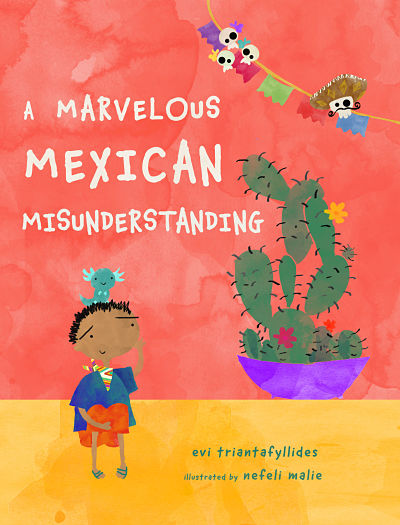
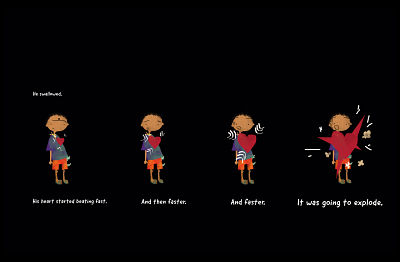
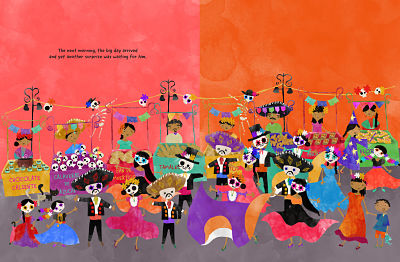
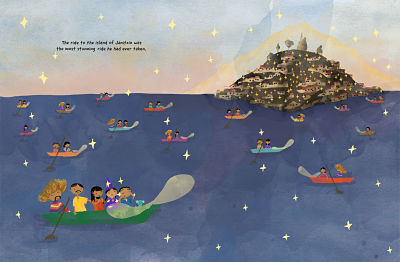

 My husband often has to travel abroad with his work and, knowing my love of books, has been trained to look put for things I might like to use in the classroom. This last week, as usual, he texted me from the airport to ask about books I might like. Only he wasn’t in Spain or Germany, Switzerland or Austria, countries that speak languages I teach (or love!); he was in Lithuania.
My husband often has to travel abroad with his work and, knowing my love of books, has been trained to look put for things I might like to use in the classroom. This last week, as usual, he texted me from the airport to ask about books I might like. Only he wasn’t in Spain or Germany, Switzerland or Austria, countries that speak languages I teach (or love!); he was in Lithuania.
